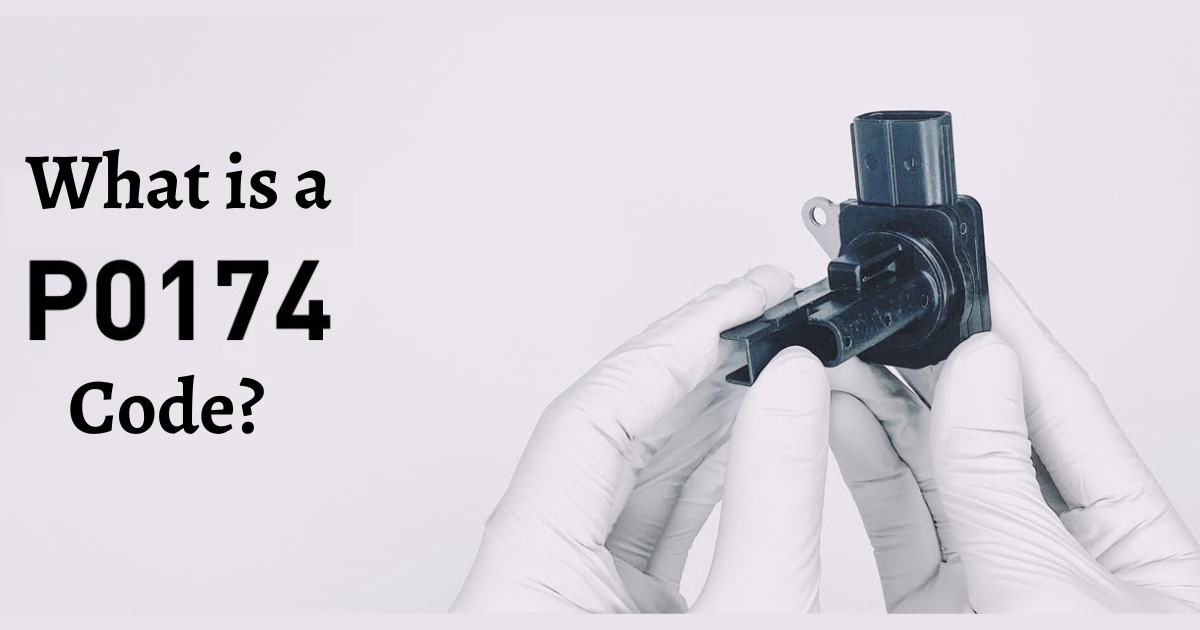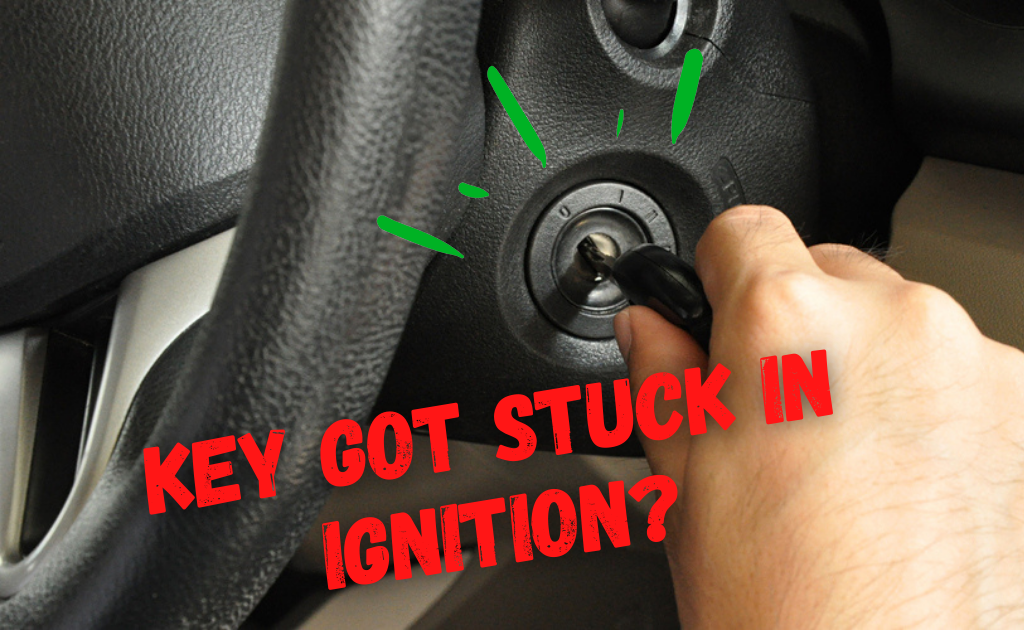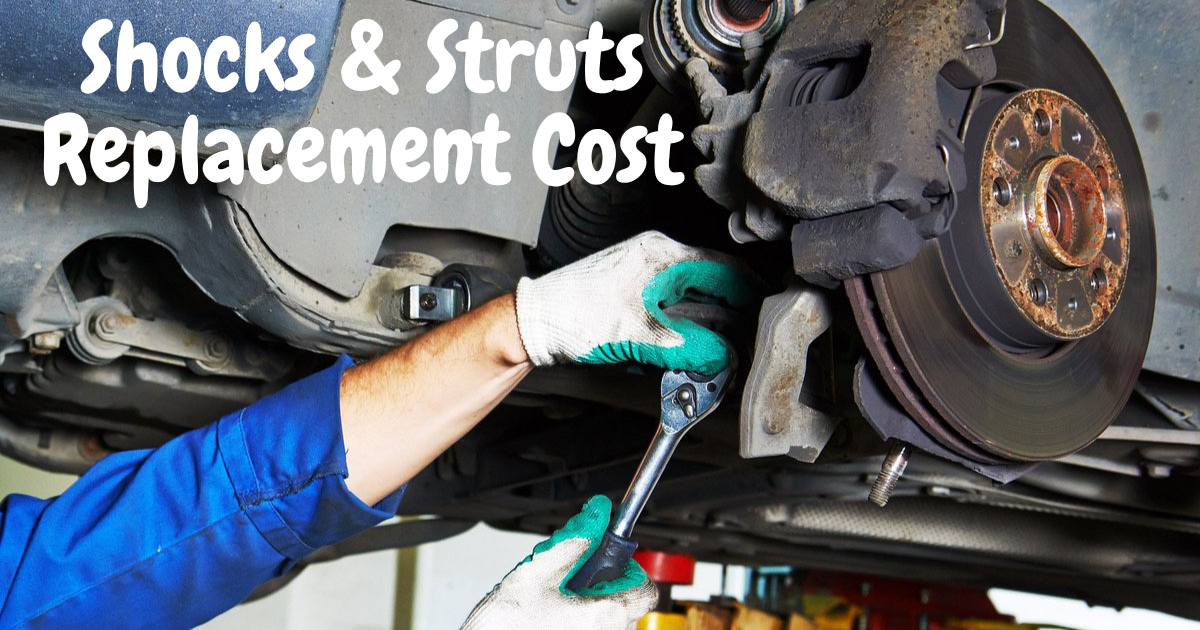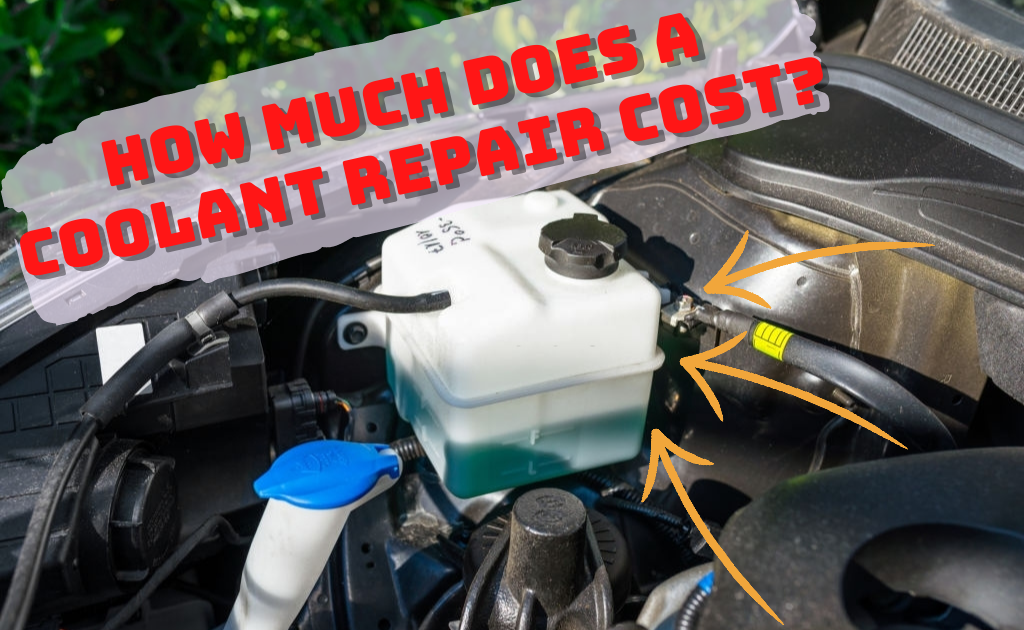
Getting up in the morning and going out to your parking spot or garage only to see a pool of colorful coolant underneath your vehicle is probably one of the most frustrating things. A coolant leak could mean that your engine has a crack. If the coolant in your vehicle is leaking, it could potentially cause the engine to overheat, which could lead to the total loss of the vehicle.
Continue reading this article if you are concerned that your vehicle may have a coolant leak so that you may get familiar with the indicators of a coolant leak, how to repair the problem, and an estimate of how much money this repair may cost.
How much does it cost to repair a coolant leak?
Most of the time, this is a quick and cheap fix. However, how much it costs to fix depends on what caused the leak. For example, fixing a leaky radiator clamp might only cost $15. But if the leak is caused by a broken head gasket, it can cost $1,000 to $2,000 or more to fix.
The average for Coolant Leak Repair is $656. This includes the cost of labor alone since any damaged parts will have to be evaluated individually, and the costs can vary depending on what was damaged and what kind of car you have. In some cases, the leak just needs to be sealed, and no new parts are needed.
| Service | Work | Warranty | Cost |
| Your mechanic | Parts+labor | 1 year | $769-$1010 |
| Mr. Tire | Parts+labor | 1 year | $815-$1035 |
| Walmart | Parts | Limited | $120-$215 |
| Amazon | Parts | Limited | $105-$220 |
| NAPA | Parts+labor | 2 years | $804-$1099 |
| Midas | Parts+labor | 1 year | $799-$995 |
What is Coolant?
Every vehicle’s engine compartment contains a cooling system that helps maintain an optimal operating temperature. The main job of coolants is to transfer heat and keep the engine from getting damaged by freezing or getting too hot. The cooling system has a fluid called coolant or antifreeze that goes through the whole engine and keeps the temperatures at the right level.
When your car leaks coolant, you need to catch it right away because it could be a sign of a bigger problem that can cause more damage. Without a working cooling system, engine parts can overheat and break in just a few minutes.
Causes of Coolant Leakage
Finding the source of a coolant leak is the first step in fixing it. Most coolant leaks are caused by a broken radiator hose or a broken radiator. It can also leak if the water pump or expansion tank is broken. In the cooling system, it’s very common to find leaks around hose clamps and cracks in plastic tubes.
A broken radiator
The radiator of your car is in front of the engine so that air can flow through and cool it best. But this makes it more open to dirt from the road, debris from other cars, etc. Corrosion is one of the most common reasons why a radiator breaks down, leaving a hole through which coolant can leak out.
A leak can also be caused by the sealing gasket between the radiator and the tank wearing out. One of the hoses that connect to the radiator could also be leaking. After a while, these hoses get hard and break.
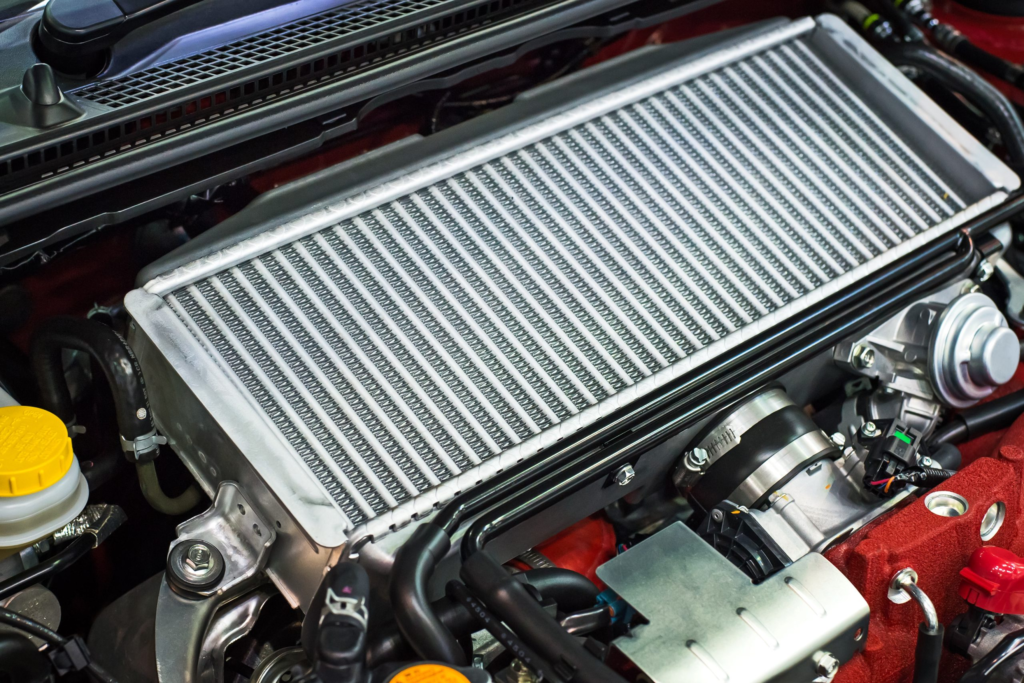
If you do it yourself, it can cost as little as $15 to fix a leaky radiator clamp. Radiator leak-stop products work great and cost less than $50 for small cracks that are less than a hair’s width wide. But if you need to solder or replace the radiator, you can expect to pay $1,000 or more.
Damaged Radiator Cap
Some people might not think about how this small-cap affects the cooling system. Yes, your car’s coolant can leak from something as simple as a broken or improperly tightened radiator cap. There is a lot of pressure in the radiator, and the cap is what keeps it all in.
When it’s working right, the cap makes a tight seal that keeps the pressure in the system at the right level. Unfortunately, over time, this cap’s seal starts to break down, letting coolant leak out.
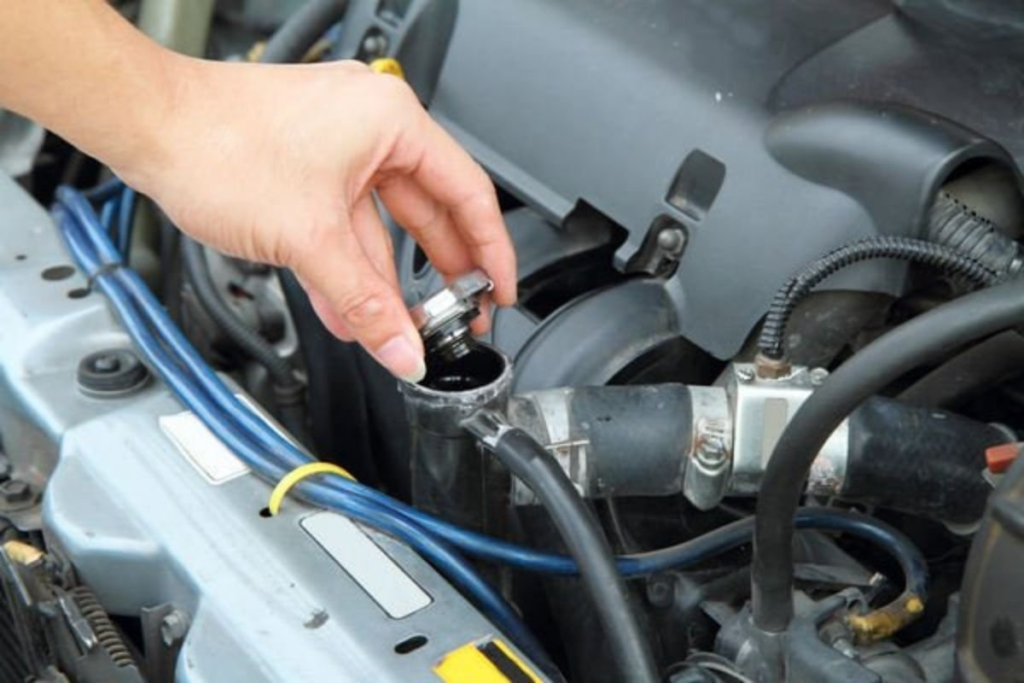
If the cap just needs to be tightened, there may be no cost to fix it. But if the cap needs to be changed, you can get a new one for less than $50 at an auto parts store.
Fault In Water Pump
The water pump makes sure that the coolant moves around the system. Most of the time, a belt drives the water pump. This belt goes around the crankshaft of the engine, but this part can rust and leak. Due to low, contaminated coolant, or if the belt isn’t working right, the pump can get too hot and cause the gaskets and seals to leak.
A leak can also be caused by a damage on the outside of the water pump. Either way, if the pump isn’t working right, the coolant can’t move around as it should, which will cause the engine to overheat.
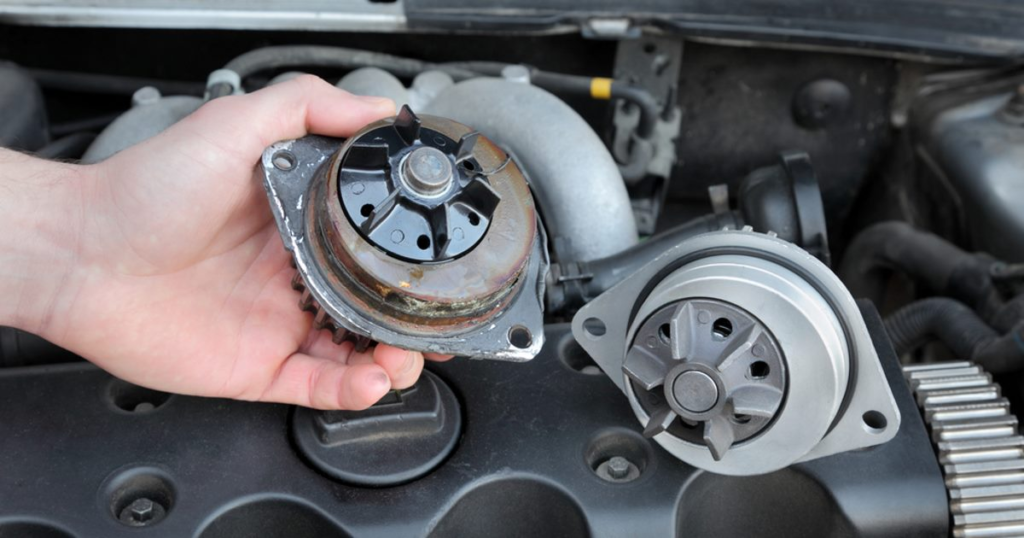
RepairPal and Kelley Blue Book offer prices ranging from $400 to $884 to replace a water pump. However, if the timing belt is the problem, the costs are $367 to $756, which is a little less. It is possible to replace the gaskets and seals, but it is often easier to just change the pump.
Cracked Expansion Tank
An expansion tank, also called a coolant reservoir, is a plastic container that holds antifreeze for the engine. It’s next to the engine and has a rubber hose that goes to the radiator. Its main job is to make sure that the radiator always has enough coolant.
If there is a crack in the tank or if the hose that connects the two parts becomes loose or breaks, coolant will leak from under your car. Plastic gets weak over time. It’s easy to break and let water in. The hose that goes to it can also wear out and start to leak.

Replacing an expansion tank costs between $413 and $436, which includes about $59 to $74 in labor costs. If the tank is fine, but the hose needs to be replaced, the cost could be between $150 and $450 or more. You can also do these repairs yourself to save money in the long run.
Blown Head Gasket
The head gasket is what keeps antifreeze from leaking between the engine block and the cylinder head of your car. Most head gaskets last the life of an engine, but if the engine keeps getting too hot, they can dry out and crack, letting coolant leak out. So when the gasket fails for the first time, you might not even know what’s going on because the leak could be happening on the inside.
But you might start to see coolant in the oil or oil in the coolant. As a result, the engine temperature will also start to rise. At some point, the coolant will start to leak outside of the engine, which is a sign of a serious problem.

Due to how long it takes to fix, replacing a head gasket is an expensive job. The average price will be between $1,845 and $2,141. From $1,075 to $1,356 of this goes to the cost of labor. For small cracks, you may also want to think about spending $50 to $100 on a sealer made just for head gaskets.
Tips to Maintain Your Car Radiator To Prevent Coolant Leaks
The radiator is a key part of your car that moves coolant around the engine. Taking care of the radiator makes it less likely that coolant will leak into the engine. Here are some quick things to remember:
Check on a regular basis
It’s always best to find a problem before it gets worse. By checking your radiator every so often, you can keep the right amount of coolant in it.
Choose the right coolant
There is no one type of coolant that works for everything. Use only coolants that are made for your make and model.
Clean your radiator often
You should flush the radiator and replace the engine coolant every year or every 30,000 miles, whichever comes first. This helps get rid of rust and other leftovers and keeps the radiator running.
Do fluid checks
As already said, it’s important to keep the right coolant level. This will keep the fluids from freezing when it’s cold and keep the car from overheating when it’s hot. Leaks of coolant can be prevented by taking care of fluids in the right way.
Don’t put too much in your car
When your car has a lot of weight in it, the radiator has to work harder. So if the engine gets too hot, it could break down.
Coolant Repair cost for different car models
You can also compare the prices of different mechanics in the area, but since this is usually a quick fix, don’t put yourself or your car in danger to save a few dollars. Here is the list of different models and the estimated range of coolant repair costs.
| Car Model | Labor Cost | Cost of Parts | Total Cost |
| Ford F-Series | $670-$750 | $134-$155 | $804-$980 |
| Toyota Corolla | $689-$762 | $148-$175 | $837-$937 |
| Ford Focus | $670-$750 | $134-$155 | $804-$980 |
| Toyota Camry | $689-$762 | $148-$175 | $837-$937 |
| Chevrolet Silverado | $768-$850 | $170-$200 | $938-$1050 |
| Ford Fusion | $670-$750 | $134-$155 | $804-$980 |
| Honda Civic | $710-$775 | $168-$195 | $878-$970 |
| Honda Accord | $710-$775 | $168-$195 | $878-$970 |
| Nissan Altima | $650-$ 720 | $115-$125 | $765-$845 |
How To Repair Coolant Leak?
Finding the leak is the most important thing to do here. If you can’t figure out where the leak is coming from, it’s best to take your car to a local garage to have the problem checked out. Once the mechanics figure out where the leaks are coming from and how much damage they are doing, they will be able to give you an estimate of how much it will cost to fix the leak.
- The mechanic washes the radiator and then uses a UV light to find where the leak is coming from.
- To fix a leak in the coolant, all of the coolant will be taken out. Then, a little sealant will be used to fix any small leaks. In some cases, the leak will need to be fixed by welding.
- If there is a big leak, the damaged part will be completely replaced.
- Once the repairs or replacements are done, the coolant will be refilled, and the mechanic will run the engine to make sure the leak is fixed.
Take a look at this video to find the location of the leak in your coolant.
When Should I Replace the Engine Coolant?
Even if your car is operating properly and everything appears to be in order, you should replace the coolant fluid on a regular basis. Depending on the model, it is critical to change the coolant on a regular basis to avoid any engine problems or breakdowns.
Manufacturers recommend changing the antifreeze every 30,000 miles, although some vehicles can go up to 12 or 15 years without changing it.
Bottom Line
If you can figure out where the leak is coming from, you can do this kind of repair at home and save some money. Just take your time and make sure you’ve fixed the leak and any parts that the coolant may have broken. But if you haven’t worked on an engine before, you should have a professional check it out. We hope you now know how to fix a coolant leak and how much it might cost depending on the model of your car.

